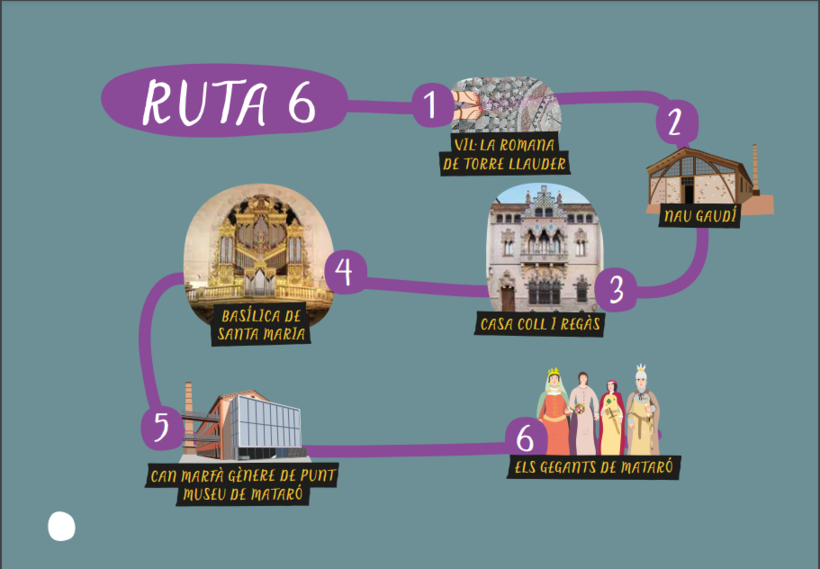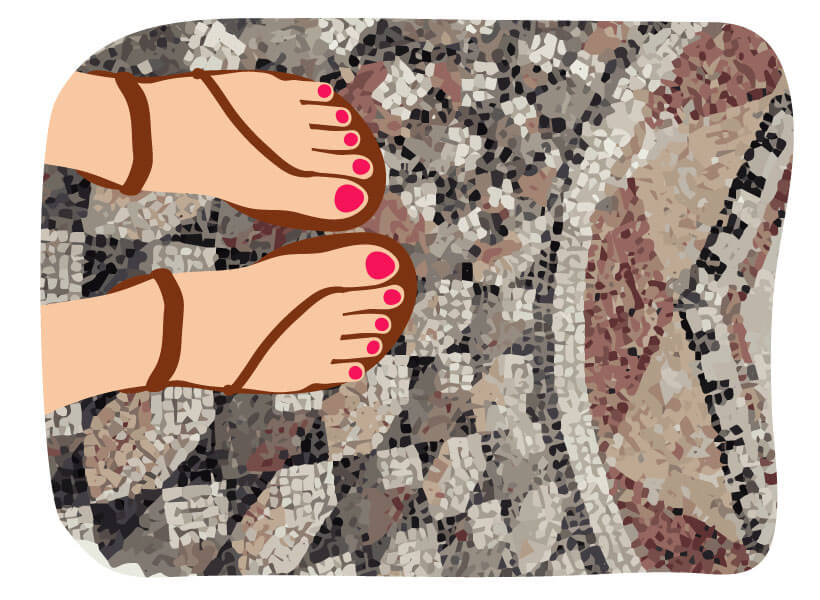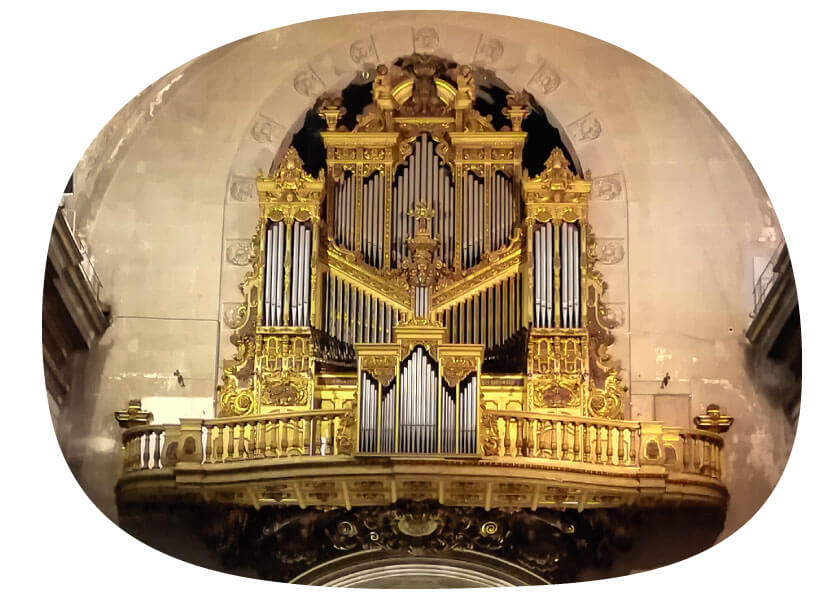Route 6: Mataró

1. VILA ROMANA DE TORRE LLAUDER

VIL·LA ROMANA DE TORRE LLAUDER
(ROMAN VILLA OF TORRE LLAUDER)
The discovery of this Roman town in the neighbourhood of Plan d´En Boet in 1961 by Marià Ribas and her team of collaborators marks a significant milestone in the history of 20th century Catalan and Mataronine archaeology.
It is one of the most important archaeological sites in the country and is named after the 17th century fortified manor house built around a 16th century defence tower: Mas Llauder or Mas de la Torre Llauder.
In 1964 it was declared a Historic-Artistic Monument of National Interest. In 1965 the Town Hall acquired the land, protected the area and in 1970 demolished the Llauder farmhouse and its tower.
2. NAU GAUDÍ

NAU GAUDÍ
It is the first building built by Antoni Gaudí that was not promoted neither by the bourgeoisie nor by the church but by one of the first textile workers' cooperatives: "La Obrera Mataronense".
His friend Salvador Pagès, one of the most outstanding leaders of the cooperative movement in Catalonia, commissioned him to carry out this project, which consisted of a workers' colony with factories, single-family houses, school, library, casino and social headquarters.
De tot aquest conjunt, ideat juntament amb l'arquitecte mataroní Emili Cabanyes, tan sols es va fer una petita part: dos habitatges (del director i del porter), uns lavabos i una nau destinada al blanqueig de cotó (1883); únicament se n'ha conservat els dos darrers.
Only a small part of this complex, designed together with the architect Emili Cabanyes from Mataró, was actually built: two dwellings (for the director and the doorman), some toilets and a warehouse used for bleaching cotton (1883); only the last two have been preserved.
It is considered a key project that opened the way to the most genuine Gaudinian creation: the development of arches as supporting elements, a formula that he later used to project the attic of La Pedrera or the infamous stereo-funicular model of the church at Colonia Güell. The use of parabolic arches allowed Gaudí to cover a diaphanous surface of almost 600 square metres without having to resort to columns or walls, whereas the use of wood allowed him to articulate small sections to form slender and resistant arches.
The building was declared a historical monument by the Spanish government in 1969 and a Cultural Asset of National Interest by the Government of Catalonia in 1982.
In 2002, within the framework of the International Gaudí Year (which commemorated the 150th anniversary of the birth of the architect), the Mataró Town Council refurbished the bleaching warehouse under the direction of the architect Manuel Brullet.
Since November 2010 is the headquarters of the Bassat Collection in Mataró.
3. CASA COLL I REGÀS
4. BASÍLICA DE SANTA MARIA

Find the organ and have your picture taken as evidence.

The organ of Saint Mary is the largest one in Catalonia: it has 4,557 pipes up to 6 metres high, 4 keyboards of 61-notes and a 32-note pedal.
5. CAN MARFÀ GÈNERE DE PUNT MUSEU DE MATARÓ
6. ELS GEGANTS DE MATARÓ

ELS GEGANTS DE MATARÓ
THE GIANTS OF MATARÓ
The giants of Mataró have been known since the seventeenth century and they are:
- Robafaves a giant with medieval warrior clothing (helmet, cape, chain mail, sword ...), which is inspired by the figure and character of King James I the Conqueror. On his chest he wears three or four medals, depending on the occasion, and in his left hand he carries a parchment (which explains the legend of his name), while on his right hand he holds the cape.
Robafaves dances with Giganta (female giant) to the sound of the piccolo and the tabor who are also joined by Toneta and Maneló.
- Geganta is Robafaves' inseparable partner and has the physiognomy of a classic queen with crown, white veil and velvet cape. A feature that stands out is the beautiful bouquet of natural flowers that she always holds on her left hand, whereas on the right hand she holds a handmade handkerchief made by a group of grandmothers from the town.
- Toneta is the daughter of Robafaves and Giganta. It seems that she is one of the first gegantons (daughters of giants) in Catalonia. Her name comes from gegantoneta. She has long blonde hair that gives her a jovial and modern look. She is dressed in pink and brown tones and, like her mother, she carries a bouquet of natural flowers on her right hand, while she takes her skirt with her left hand.
- Maneló is Toneta's partner and husband. Son of Terrassa, he married her in the middle of a great festive ceremony during the Festa Major of Les Santes in 1950.
Apart from the Robafaves family and the dwarfs that accompany them, Mataró boasts several troupes: the Eagles, the Dragons and Dragalios, Momerota and Momeroteta and the Diablesses; as well as Castellers of Mataró (Human towers), Capgrossos de Mataró (carnival figures with oversized heads).







